Retro Replay Review
Gameplay
The core of The $100,000 Pyramid lies in its faithful recreation of the TV show’s signature word-guessing rounds. You and a partner select categories from the virtual pyramid—ranging from broad topics like “Types of Fruit” to more obscure threads such as “Things That Float.” One player then supplies clues while the other races against the clock to guess as many words as possible. This simple back-and-forth mechanic captures the adrenaline rush of the original show, and successful rounds yield that familiar sense of triumph as you climb each level of the pyramid.
(HEY YOU!! We hope you enjoy! We try not to run ads. So basically, this is a very expensive hobby running this site. Please consider joining us for updates, forums, and more. Network w/ us to make some cash or friends while retro gaming, and you can win some free retro games for posting. Okay, carry on 👍)
Multiplayer is where the game truly shines, especially if you have a friend or family member on hand. The head-to-head matches are brisk and competitive, and the limited time per clue forces creative thinking and concise communication. Although there’s no dedicated online matchmaking, local play remains a delightful way to bond—and baffle—your partner. You’ll find yourself frequently diving back in to see if you can push a little further up the pyramid or edge out your opponent in a tiebreaker.
By contrast, the single-player mode feels like an afterthought. Instead of having a human partner, you type in one-word clues while an AI “contestant” guesses your selections. The AI’s random success rate can lead to frustrating sequences of dead ends, and typing constraints can hamper your ability to offer nuanced hints. Though it provides some practice for the multiplayer challenges, this mode lacks the energy and spontaneity that make the live rounds so engaging.
Graphics
Visually, The $100,000 Pyramid leans into a clean, no-frills presentation. The pyramid graphic itself is crisp and easy to read, with each category clearly highlighted as you make your selections. A modest palette of bold blues, reds, and yellows evokes the TV show’s iconic set design, creating a nostalgic atmosphere without overwhelming your senses.
Character portraits of the host and contestants are rendered as pixel art, offering a charming nod to early arcade and console aesthetics. While these sprites aren’t highly detailed, they convey enough personality to remind you of the show’s lighthearted banter. Transitions between rounds feature simple animations and occasional sound cues—nothing flashy, but they keep the game moving at a steady clip.
Text overlays and clue prompts are sized appropriately for any screen, ensuring that players won’t miss their window to shout out answers. The minimal UI elements mean there’s little clutter on screen: a timer, the current category label, and the growing list of correctly guessed words. It’s functional, efficient, and purpose-built to let you focus on the puzzle at hand rather than flashy visual effects.
Story
As a direct adaptation of a non-narrative TV show, The $100,000 Pyramid doesn’t weave a conventional storyline. Instead, its “story” unfolds through the progression of rounds: with each successful guess, you inch closer to the coveted top prize. This structure mimics the rising tension and excitement of the televised event, letting you feel like you’re on an escalating game show journey.
Although there isn’t a character arc or scripted plot, the game injects personality via brief host commentaries and congratulatory messages after each round. These snippets add a layer of atmosphere, giving you the occasional chuckle or pat on the back as you tally up your scores. The host’s pixel-voice synthesis may be rudimentary, but it does enough to maintain the illusion of a live studio setting.
Ultimately, the narrative drive is in your own performance: how many clues you can deliver, how quickly your partner can guess, and whether you’ll reach the summit of that virtual pyramid. The lack of a deeper storyline frees the game to focus on pure, puzzle-driven progression, which is exactly what fans of the show will appreciate.
Overall Experience
The $100,000 Pyramid succeeds most when enjoyed in the company of others. Its simple yet addictive word-clue format is tailor-made for social gatherings, family game nights, or friendly competitions at home. You’ll find yourself returning to it for its quick play sessions and the satisfying rush of guessing that final word before the buzzer.
That said, the single-player mode falls short of replicating the multiplayer fun, and the game’s minimalist presentation may not hold long-term appeal for those seeking deep or varied content. If you’re looking for a solo puzzle experience with evolving challenges, you may feel the game’s replay value taper off after a few sessions.
In the end, The $100,000 Pyramid stands as a solid, nostalgia-driven adaptation of a beloved game show. It doesn’t try to reinvent the wheel, nor does it pack in unnecessary bells and whistles. Instead, it delivers a faithful, tongue-twisting good time that will resonate with trivia enthusiasts and fans of the original series alike. If you’ve got someone to play with, you’ll likely score big—just don’t expect a dramatic single-player storyline to carry you through.
 Retro Replay Retro Replay gaming reviews, news, emulation, geek stuff and more!
Retro Replay Retro Replay gaming reviews, news, emulation, geek stuff and more!
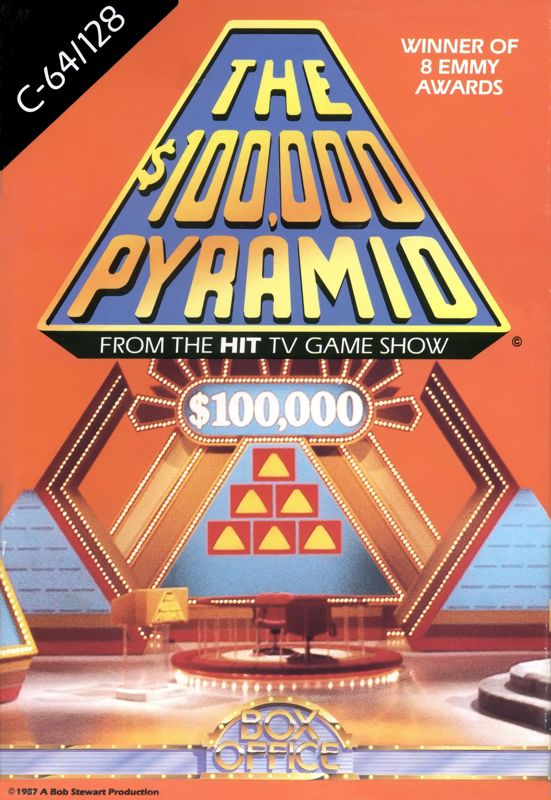
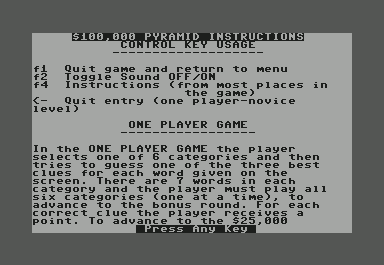
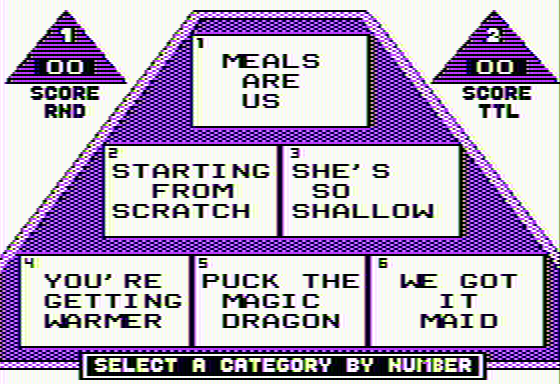
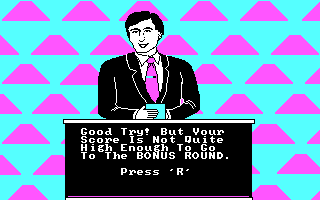
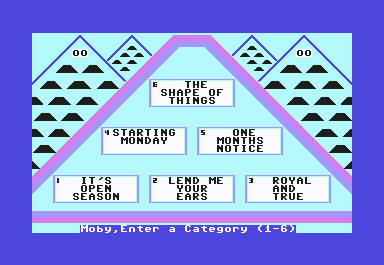
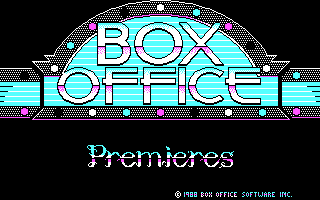



Reviews
There are no reviews yet.